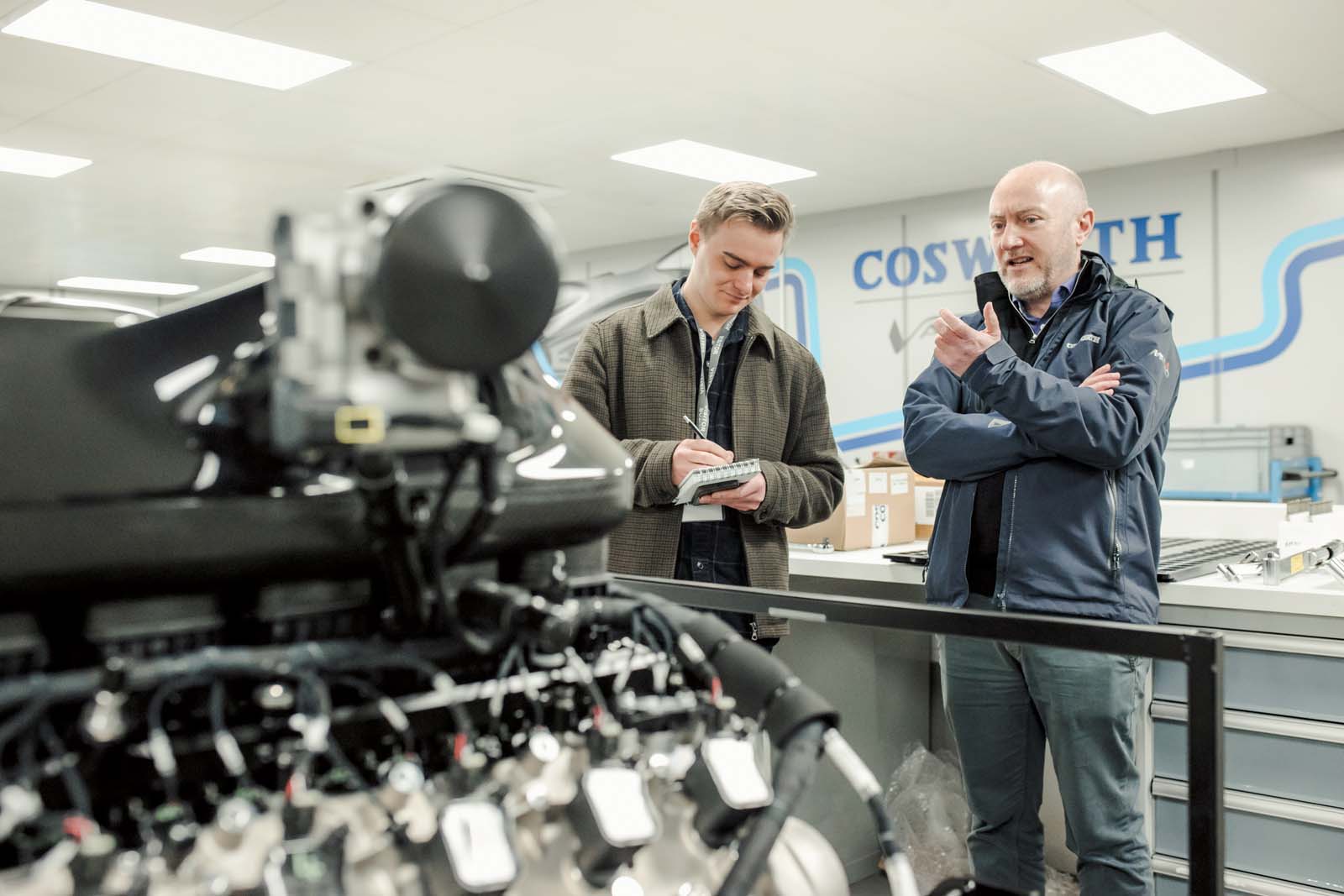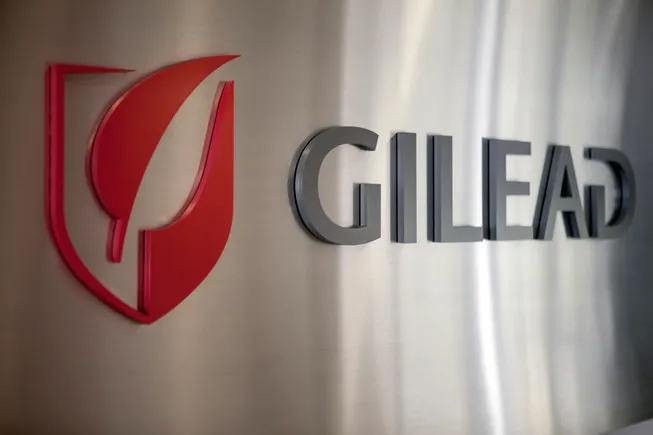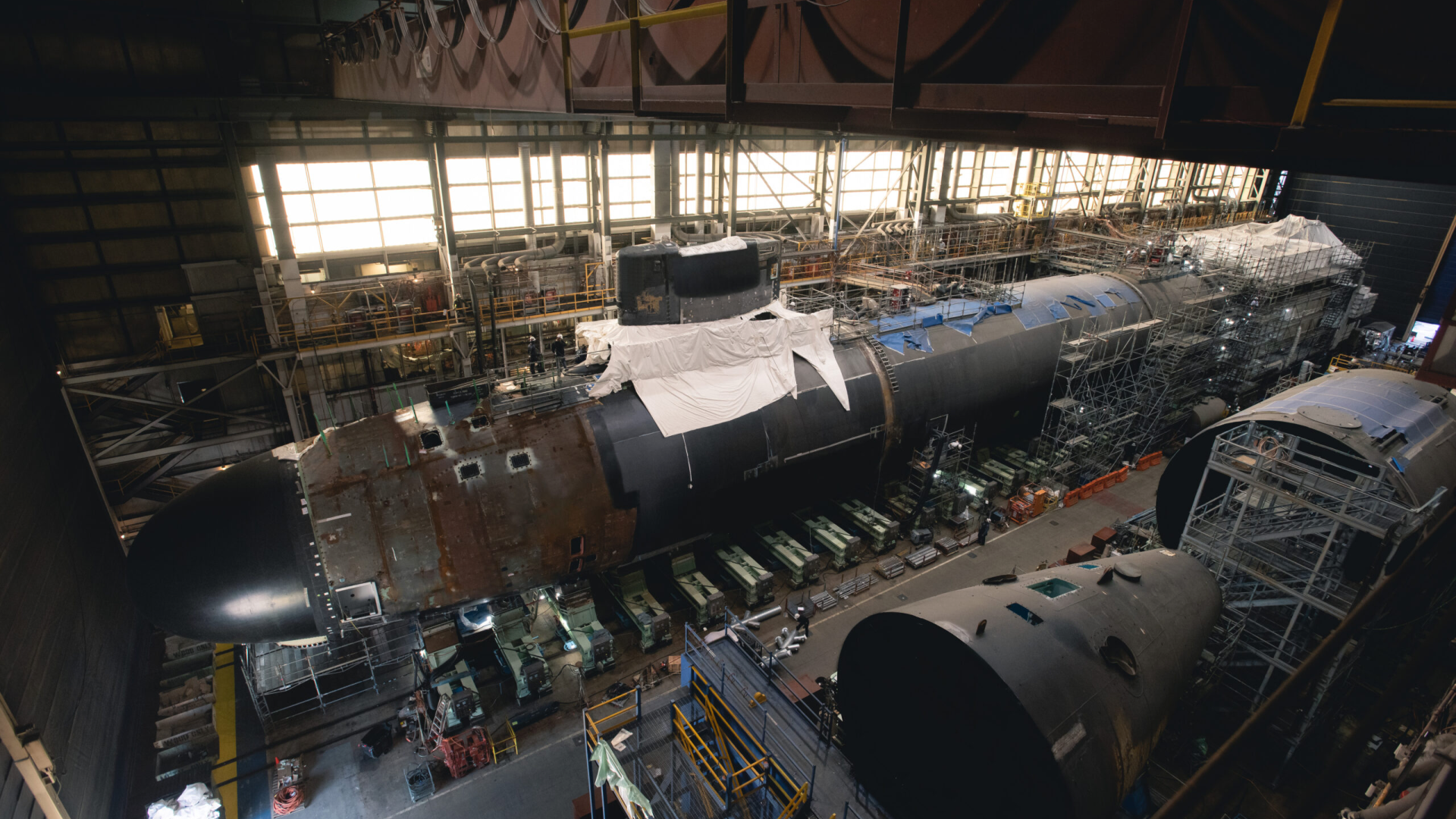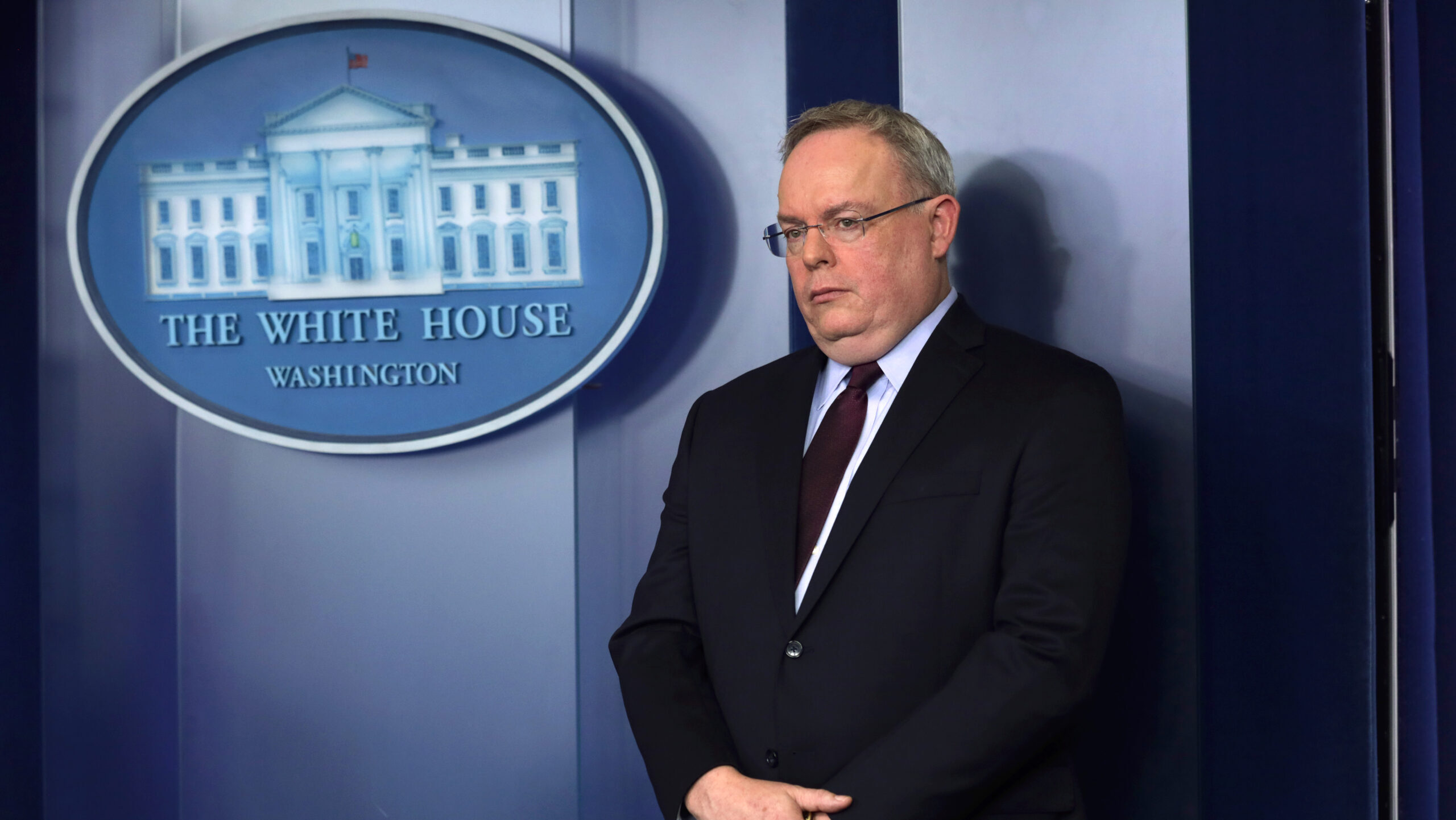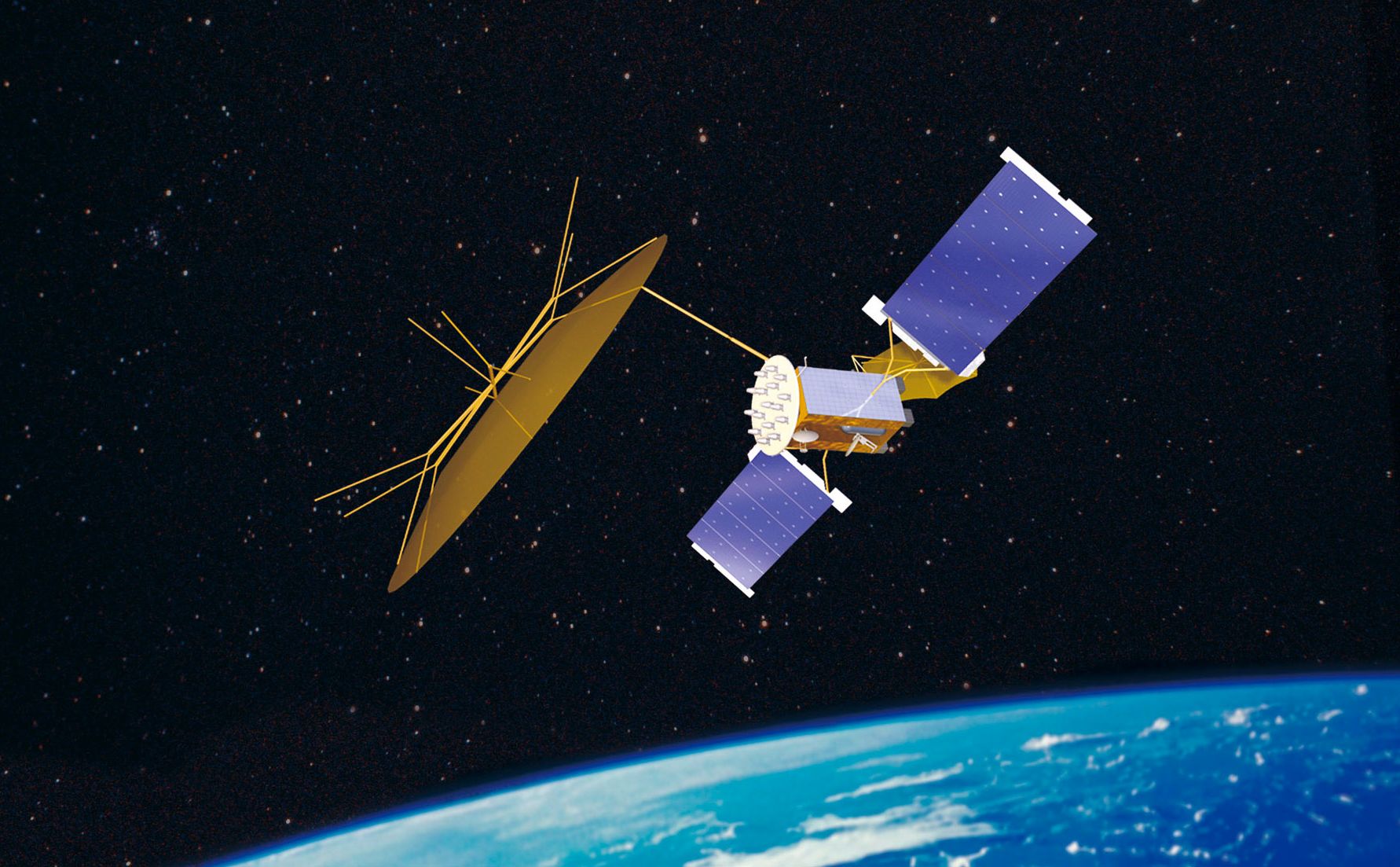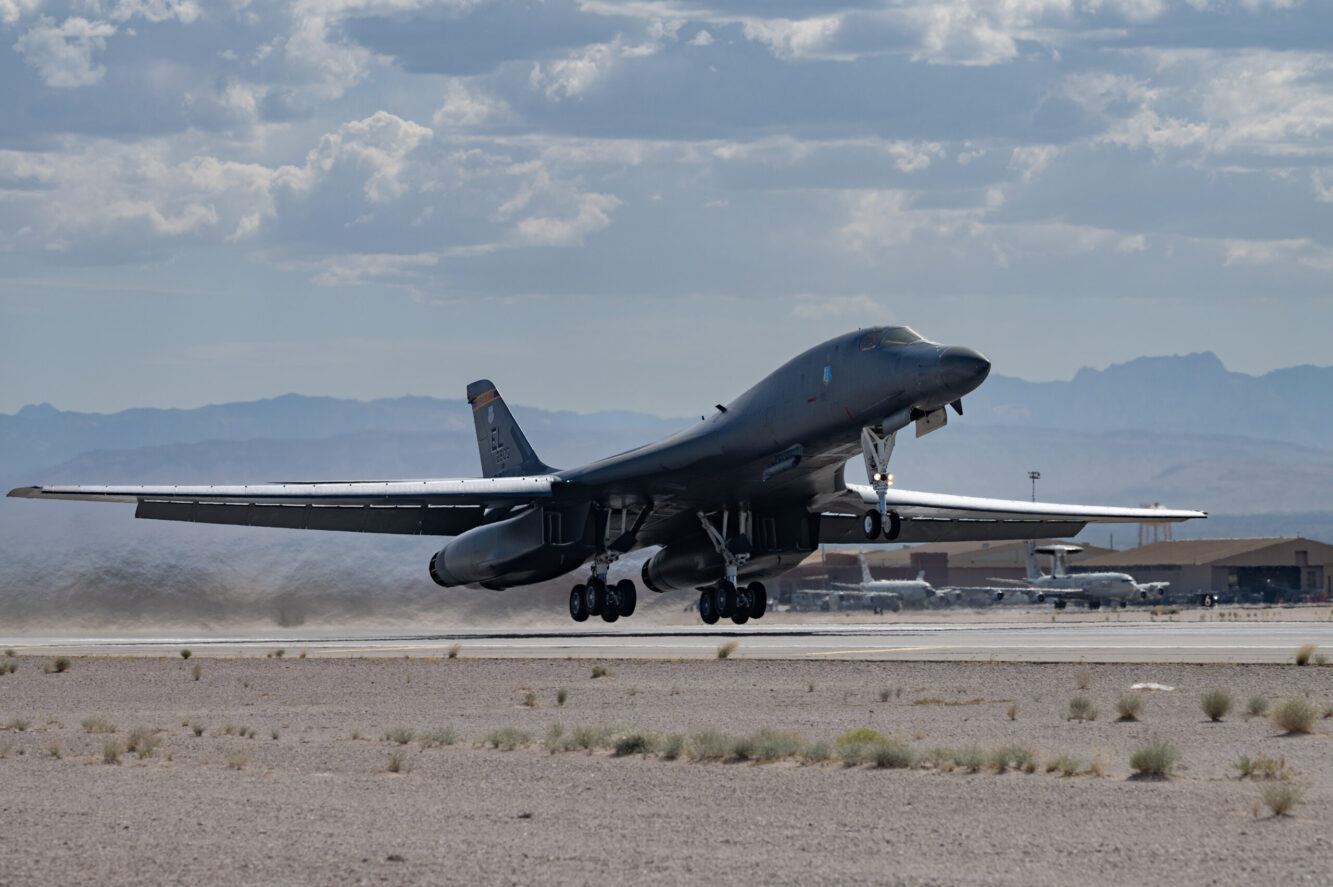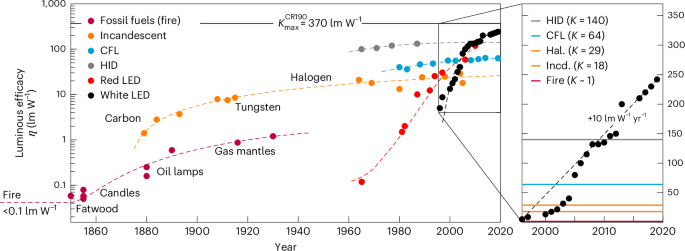Smart and Sustainable Freight: The Role of AI in Green Supply Chain Logistics
The global freight sector faces growing pressure to balance cost-efficiency with environmental responsibility. With freight transport accounting for a significant share of global emissions, efforts to improve logistics now extend beyond operational metrics to include resilience, regulatory compliance, and climate performance. This shift reflects a broader transition toward data-driven, performance-based management of freight networks. As […] The post Smart and Sustainable Freight: The Role of AI in Green Supply Chain Logistics appeared first on Logistics Viewpoints.

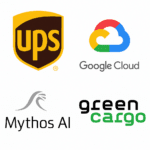
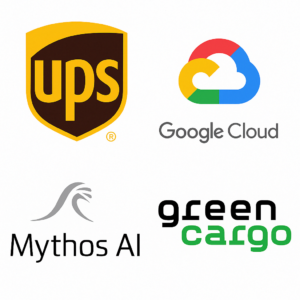
The global freight sector faces growing pressure to balance cost-efficiency with environmental responsibility. With freight transport accounting for a significant share of global emissions, efforts to improve logistics now extend beyond operational metrics to include resilience, regulatory compliance, and climate performance. This shift reflects a broader transition toward data-driven, performance-based management of freight networks. As technologies like artificial intelligence (AI) gain traction, the focus has remained on practical applications that yield incremental improvements rather than wholesale infrastructure change.
AI is playing an increasingly pragmatic role in optimizing supply chain operations. From route optimization and predictive analytics to real-time monitoring and emissions tracking, AI tools are being embedded in core logistics workflows. These tools do not aim to replace human decision-makers but instead enhance visibility, enable smarter planning, and improve overall resource utilization. As regulatory requirements expand and customers demand greener practices, AI helps logistics firms align sustainability goals with operational outcomes.
One of the key challenges in green freight logistics is reducing emissions from fuel-intensive operations—particularly in trucking and maritime shipping. Common inefficiencies include empty return trips, poorly optimized delivery routes, and underutilized cargo space. Additionally, many logistics providers struggle with fragmented systems and limited access to real-time operational data, which makes proactive optimization difficult. AI is uniquely positioned to address these gaps by ingesting data from across the network and delivering actionable insights for planners and fleet operators.
A related challenge lies in emissions tracking and reporting. Companies operating across multiple platforms and subcontractor networks often lack consistent and reliable data, making it difficult to assess sustainability performance. AI-supported systems can consolidate and standardize emissions data, helping organizations comply with evolving disclosure frameworks. These systems also support internal benchmarking, enabling teams to measure progress against targets and identify areas for improvement.
Use Cases in AI-Driven Green Freight
CMA CGM & Google Cloud:
In 2024, global shipping firm CMA CGM partnered with Google Cloud to deploy AI across its global logistics network. The project focuses on optimizing vessel routes, container handling, and inland logistics to improve efficiency and reduce carbon emissions. CEVA Logistics, a CMA CGM subsidiary, uses Google’s AI tools for warehouse management and demand forecasting. The collaboration underscores how cloud-based AI infrastructure can enable scalable, cross-modal improvements in resource usage and emissions control.
Mythos AI:
Mythos AI, in partnership with Newlab and Interlake Steamship, developed an autonomous vessel for conducting port depth surveys. By providing more accurate and timely bathymetric data, the system enables shipping companies to optimize vessel loading without compromising safety. This results in fewer trips, reduced fuel usage, and measurable emissions savings. The case exemplifies how targeted automation and AI can support decarbonization efforts in maritime logistics.
UPS & ORION:
UPS has implemented an AI-powered route optimization platform called ORION (On-Road Integrated Optimization and Navigation). ORION analyzes massive datasets to sequence delivery stops more efficiently, reduce fuel consumption, and cut idle time. Since launch, the system has saved the company millions of gallons of fuel and over 100,000 metric tons of carbon emissions annually. ORION illustrates how AI can be integrated into last-mile delivery to support both cost control and sustainability.
Green Cargo:
Green Cargo, Sweden’s national freight rail provider, applies AI to enhance scheduling and reduce empty railcar movements. With 96% of its freight already transported via electric rail, the company leverages AI to further reduce energy consumption and improve operational efficiency. The system supports network-wide optimization, making rail more competitive with higher-emission transport modes and reinforcing the value of digital transformation in low-carbon logistics.
UPS AI’s contribution to green logistics lies not in radical disruption, but in targeted performance improvement. By enabling smarter routing, demand prediction, and emissions tracking, AI helps logistics providers improve efficiency while reducing environmental impact.
As digital infrastructure matures and sustainability reporting becomes standard, AI will play a central role in aligning freight operations with broader climate goals. The logistics organizations best positioned for the future will be those that treat AI not as a standalone tool, but as a core enabler of resilient, sustainable networks.
The post Smart and Sustainable Freight: The Role of AI in Green Supply Chain Logistics appeared first on Logistics Viewpoints.


















